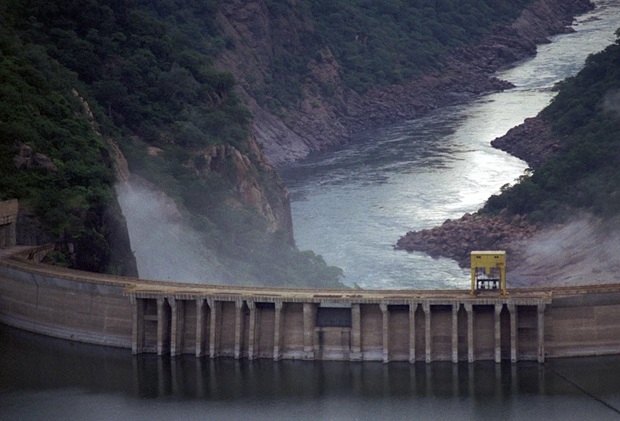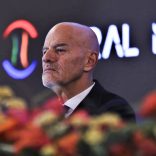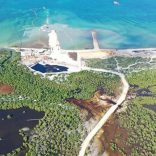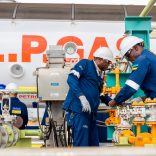World Bank believes Mozambique can become “electricity hub”
Mozambique: Cahora Bassa Hydroelectric pays State €476M in three years

File photo: Lusa
Over the last three years, the Cahora Bassa Hydroelectric Company (HCB) has paid more than 32,869 million meticais (€476.6 million) to the Mozambican state, leading the way among those that pay the most taxes and public contributions.
According to information released by the hydroelectric company today, the Mozambican Tax Authority this week awarded HCB first place in two tax categories, namely ‘Income’ and ‘Global Contribution’, “as a result of the significant amounts that the company channelled to the public treasury” in the 2024 fiscal year.
“HCB, in all its activities, is committed to the Mozambican cause, hence its prudent and cautious management contributing to states revenues through the punctual payment of taxes, fees and dividends,” chairman of the company’s board of directors, Tomás Matola highlights in the same text.
Matola adds that HCB contributed more than 23,172.45 million meticais (€336 million) to the state budget from 2022 to 2024, through the payment of various tax categories (VAT, single income tax and corporate income tax), and more than 9,696.72 million meticais (€140.6 million) as a concession fee for the operation of the hydroelectric project in the province of Tete, “which represents 37% of the contributions made over the last 17 years”.
The Mozambican state holds 90% of the share capital of HCB, since the transfer to Mozambique, agreed with Portugal in 2007, while the Portuguese company Redes Energéticas Nacionais (REN) has a 7.5% share and Eletricidade de Moçambique 2.5%.
HCB is the main electricity producer in Mozambique and announced a “slight recovery” in storage and stability of the reservoir quota for hydropower production in January.
“As a result of the improvement in January inflows, the final storage for the month, which had been forecast at 19%, was set at 21.7% with increasing trends in the first week of February,” the company explained.
The recovery allowed HCB to continue supplying energy to Mozambique, South Africa and other countries in southern Africa, “despite the continuation of the regional drought situation that has been observed since the 2023/24 hydrological year, mitigated by the hydropower management measures implemented since 2024”.
The Cahora Bassa reservoir is the fourth largest in Africa, with a maximum length of 270 km and 30 km between banks, covering 2,700 square km at an average depth of 26 meters.
HCB estimated record profits of US%225 million (€215.4 million) in 2024 and expects to increase the reduced levels of water storage by the end of this year.
In a statement sent to Lusa on 24 January, HCB’s management said it had achieved production of 15,753.52 GigaWatt-hours (GWh) last year.
“This figure was reached in an adverse hydro-climatological context characterized by a severe drought imposed by the occurrence of the El Niño phenomenon, whose negative impact led to the adoption and implementation of management measures for the operation of the reservoir, which aimed to safeguard the hydraulic-operational safety of the dam and related infrastructures, which allowed Cahora Bassa to have better water storage levels than the dams in upstream countries,” the HCB statement reads.












Leave a Reply
Be the First to Comment!
You must be logged in to post a comment.
You must be logged in to post a comment.